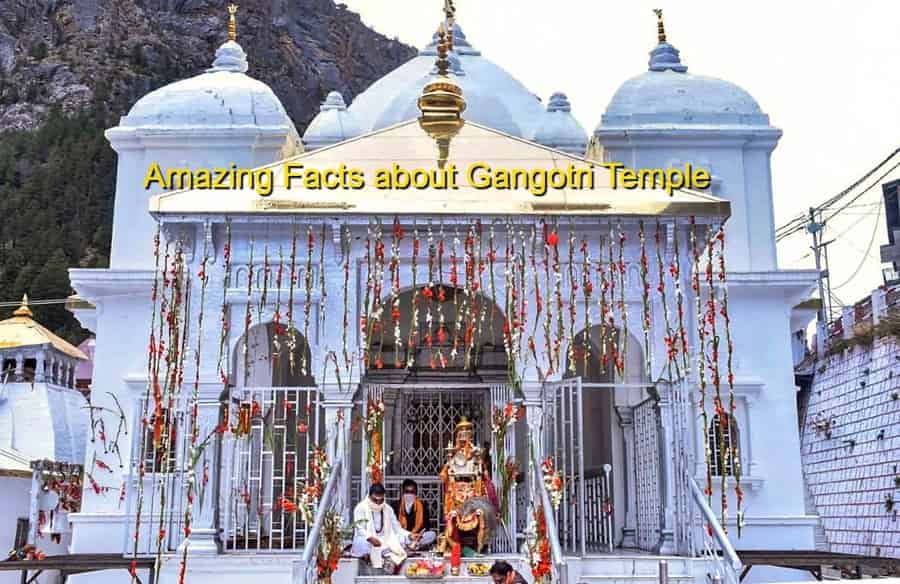Places to Visit near Gangotri
Get ready for a spiritual refinement with trip to the holy city of Gangotri! The city is enclosed within some of the most sacred places, tourist spots, treks etc. The picturesque beauty of Gangotri is simply awe-inspiring and makes devotees experience the magic. Nandanvan Tapovan Base camp for Bhagirathi peaks trek. Stunning view of Shivling peak. Challenging trek through Gangotri Glac...
